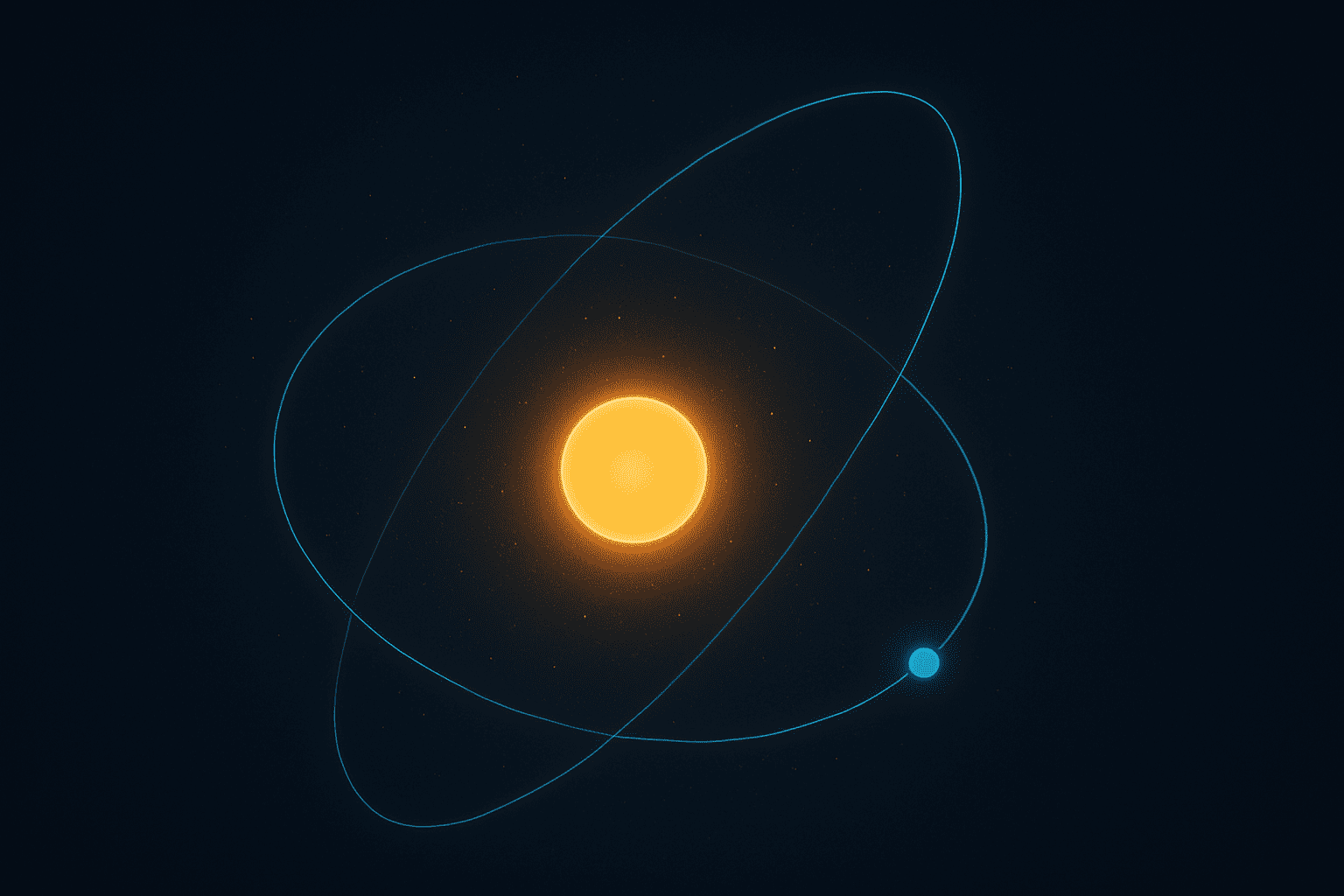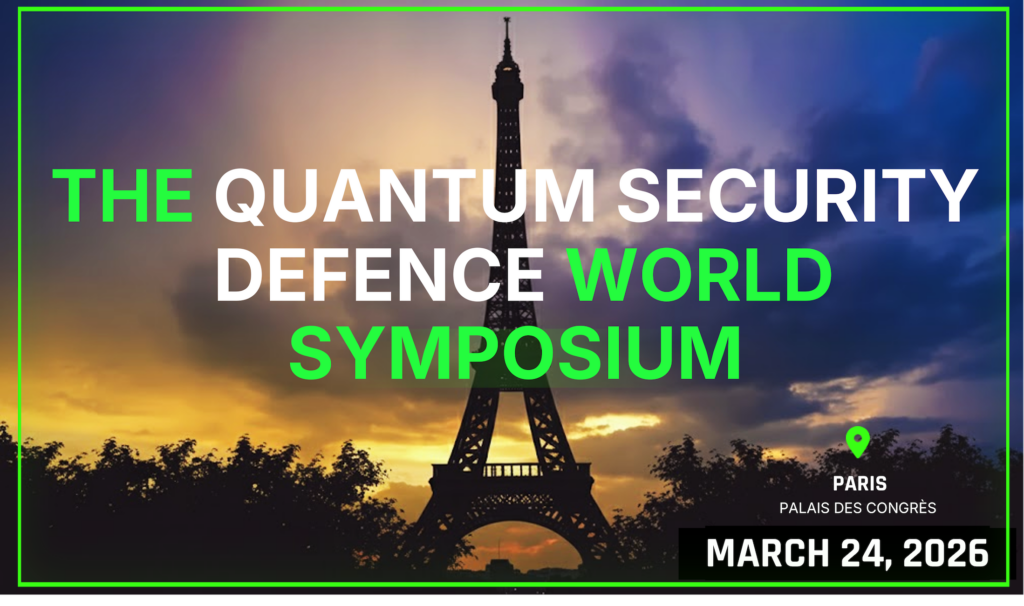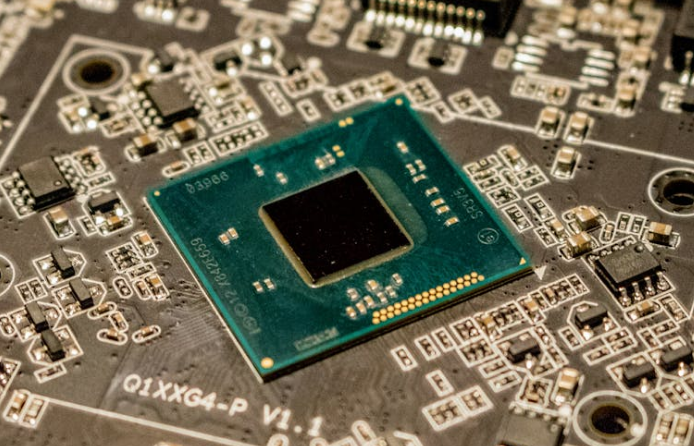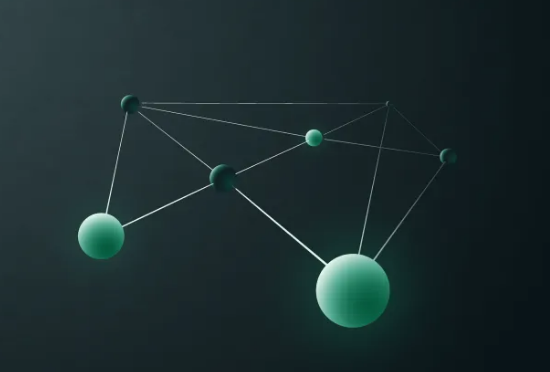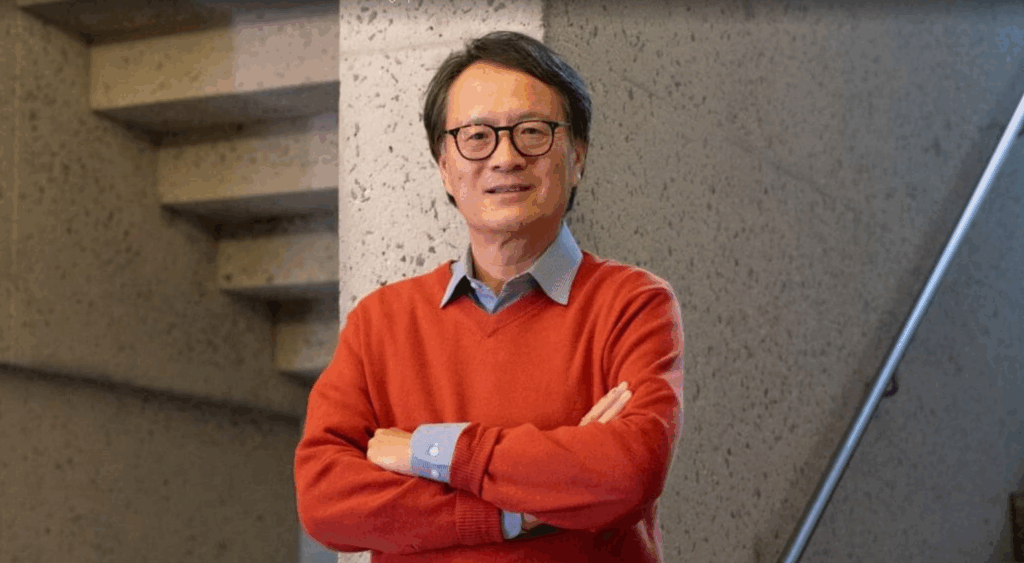Insider Brief
- Quantinuum researchers have demonstrated the first complete quantum chemistry simulation using quantum error correction on real hardware, showing improved performance even with added circuit complexity.
- The experiment used a version of quantum phase estimation to calculate the ground-state energy of molecular hydrogen on the H2-2 trapped-ion quantum computer, integrating mid-circuit error correction routines.
- Simulations identified memory noise as the dominant error source, supporting the use of partial fault-tolerant techniques to balance error suppression with hardware efficiency on today’s quantum systems.
A new study shows that quantum error correction can help real quantum computers run chemistry algorithms, marking a step toward scalable quantum applications.
In the study, researchers at Quantinuum announce they have successfully demonstrated the first end-to-end quantum chemistry computation using quantum error correction (QEC), according to a paper posted recently on arXiv. The experiment calculated the ground-state energy of molecular hydrogen using a method called quantum phase estimation (QPE), all performed on error-corrected qubits running on the company’s H2-2 trapped-ion quantum computer.
The results have significant implications, according to the team, which showed that using QEC improved the performance of their circuits despite increasing their size and complexity. This challenges a common assumption in early quantum computing — that error correction adds more noise than it removes. Instead, the study suggests that even today’s hardware can benefit from carefully designed error-corrected algorithms, particularly in the field of computational chemistry.

In a blog post, the Quantinuum team writes: “This work sets key benchmarks on the path to fully fault-tolerant quantum simulations. Building such capabilities into an industrial workflow will be a milestone for quantum computing, and the demonstration reported here represents a new high-water mark as we continue to lead the global industry in pushing towards universal fault-tolerant computers capable of widespread scientific and commercial advantage.”
A First in Practical Error Correction for Chemistry
As a bit of background, quantum computers hold promise for simulating molecules, predicting chemical reactions, and designing new drugs or materials, according to the researchers. But these systems are notoriously noisy, making them error-prone. Errors arise from unwanted interactions with the environment, imperfect gates, and decoherence, all of which disrupt delicate quantum states.
To address this, researchers encode logical qubits using many physical qubits, then detect and correct errors without disturbing the quantum information. This technique, known as quantum error correction, or QEC, has long been considered essential for useful quantum computing. However, implementing QEC in real-world quantum algorithms, especially those with practical use cases, remains rare due to high resource costs.
In this study, the Quantinuum team used a seven-qubit color code to protect each logical qubit and inserted additional QEC routines mid-circuit to catch and correct errors as they occurred. They focused on a key quantum chemistry task: calculating the ground-state energy of molecular hydrogen, the simplest molecule, as a testbed. The researchers suggest that calculating the ground-state energy of molecular hydrogen is a foundational step toward using quantum computers to simulate more complex molecules for drug discovery, materials design and chemical engineering.
Quantum Phase Estimation on Real Hardware
The algorithm used was quantum phase estimation (QPE), a standard method for finding energy levels of quantum systems. It works by estimating the phase accumulated by a quantum state as it evolves under the system’s Hamiltonian — the operator, or mathematical formula, that describes its energy.
QPE is powerful but deep and demanding, requiring many layers of quantum gates. This depth makes it sensitive to errors and has traditionally limited its use to simulations or noise-free conditions. In this experiment, however, the researchers ran QPE on real hardware — Quantinuum’s H2-2 trapped-ion quantum computer — using logical qubits protected by QEC and integrating error correction routines directly into the circuit. The H2 system is well-suited for such tests due to its high-fidelity gates, all-to-all connectivity and native support for mid-circuit measurements, which are essential for implementing and validating quantum error correction, according to the study.
The test was performed using a version of QPE that reduces the number of required qubits by using a single control qubit and many repeated measurements. To make this work on today’s hardware, the team compiled the circuit using both fault-tolerant and partially fault-tolerant methods. Partially fault-tolerant gates are not immune to all single errors but reduce the risk of logical faults with far less overhead.
Error Correction That Actually Helps
The circuits involved up to 22 qubits, more than 2,000 two-qubit gates and hundreds of intermediate measurements. Despite this complexity, the experiment produced an energy estimate that came within 0.018 hartree of the known exact value for molecular hydrogen. While this is still above the so-called “chemical accuracy” threshold of 0.0016 hartree, it marks a significant milestone: a real error-corrected quantum algorithm performing a real chemistry calculation on a real device.
To validate the benefit of QEC, the researchers compared circuits with and without mid-circuit error correction. The version with QEC routines inserted between operations performed better, especially on longer circuits. This finding suggests that, even with today’s small quantum codes, it is possible to suppress noise effectively enough to make a difference.
Hardware Noise and Partial Fault-Tolerance
The study also explored what kinds of errors most affected performance. Through numerical simulations using tunable noise models, the researchers found that so-called memory noise — errors that accumulate while qubits are idle or transported — was more damaging than gate or measurement errors. Dynamical decoupling techniques helped reduce this, but incoherent memory noise remained the leading contributor to circuit failure.
This analysis supports the decision to use partial fault-tolerance. Full fault-tolerant gates are expensive, requiring complex operations like magic state distillation, which is a method for creating special states for tricky quantum operations. In contrast, partially fault-tolerant methods trade off some error protection for lower overhead, making them more practical on small devices.
Digging a little deeper, the team introduced several novel implementations for arbitrary-angle single-qubit rotations, a critical component in their algorithm. These included both lightweight circuits and recursive gate teleportation techniques, some with built-in error detection.
Still Early, But a Clear Path Forward
While the results are not yet accurate enough for practical chemistry use, they show that the gap is closing. The authors suggest that improvements in error correction codes, compilation techniques, and hardware — especially those targeting memory noise — will enable deeper and more accurate simulations in the near future.
In the blog post, the team writes that this research builds on previous work implementing quantum error detection with QPE, all with an eye toward achieving quantum advantage in chemistry.
Future work could involve using higher-distance error correction codes, which can correct more than one error per logical qubit. Another promising direction is the use of bias-tailored codes, which focus on correcting the most common types of errors, such as phase flips.
The team also pointed to better software as a path forward. Today’s compilers often translate quantum circuits at the physical gate level. Moving to logical-level compilation optimized for specific error correction schemes could shrink circuit depth and reduce noise accumulation.
Implications for Scalable Quantum Chemistry
This study may well be a mile-marker on the long journey toward fault-tolerant quantum computing. It provides experimental evidence that quantum error correction, once viewed as impractical for near-term devices, can improve outcomes even on today’s limited hardware. For quantum chemistry — widely regarded as one of the most promising near-term applications — this is a meaningful step.
As hardware improves and error rates drop, algorithms like QPE may move from academic exercises to tools for drug discovery, materials science, and beyond. The use of partial fault-tolerance and mid-circuit error correction may become common features in early fault-tolerant applications.
The team writes: “Quantum computing holds immense potential for transforming industries across the globe. Our work today experimentally demonstrates the first complete and scalable quantum chemistry simulation, showing that the long-awaited quantum advantage in simulating chemical systems is not only possible, but within reach. With the development of new error correction techniques and the continued advancement of our quantum hardware and software we are paving the way for a future where quantum simulations can address challenges that are impossible today. Quantinuum’s ongoing collaborations with HPC providers and its exploration of AI-driven quantum techniques position our company to capitalize on this trifecta of computing power and achieve meaningful breakthroughs in quantum chemistry and beyond.”
The study on arXiv is quite technical and can provide a deeper dive than this summary article. It’s important to note that arXiv is a pre-print server, which allows researchers to receive quick feedback on their work. However, it is not — nor is this article, itself — official peer-review publications. Peer-review is an important step in the scientific process to verify the work.
The full study, titled Quantum Error-Corrected Computation of Molecular Energies, is available on arXiv and was authored by researchers at Quantinuum in Japan, the UK, and the US, including: Kentaro Yamamoto, Yuta Kikuchi, David Amaro, Ben Criger, Silas Dilkes, Ciar´an Ryan-Anderson, Andrew Tranter, Joan M. Dreiling, Dan Gresh, Cameron Foltz, Michael Mills, Steven A. Moses, Peter E. Siegfried, Maxwell D. Urmey, Justin J. Burau, Aaron Hankin, Dominic Lucchetti, John P. Gaebler, Natalie C. Brown, Brian Neyenhuis and David Munoz Ramo.

